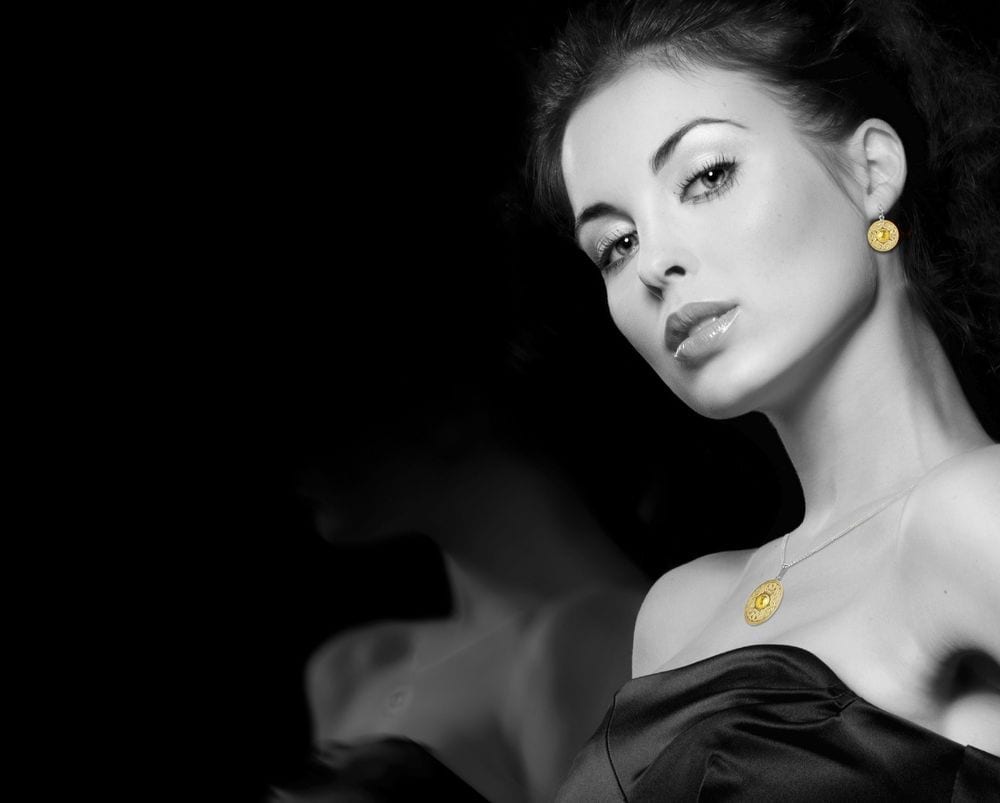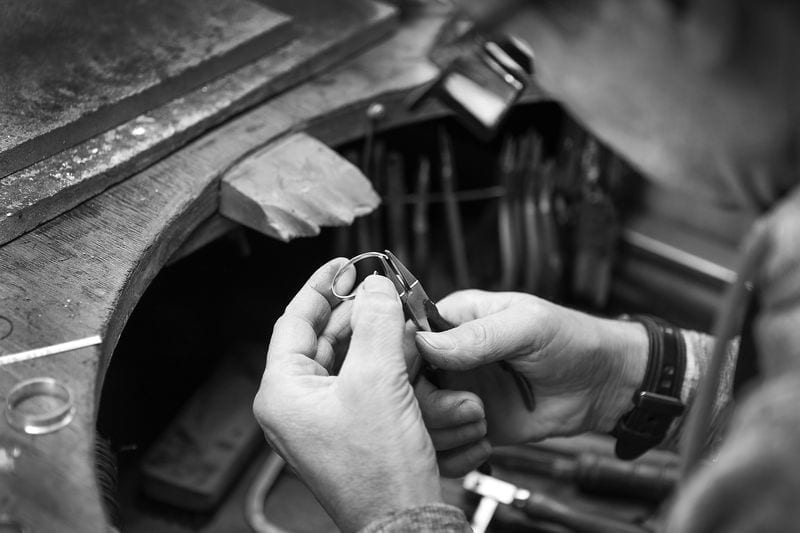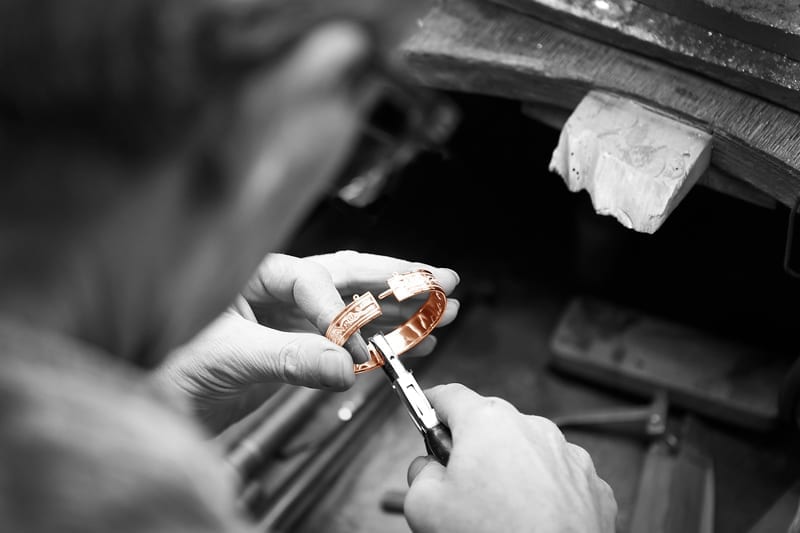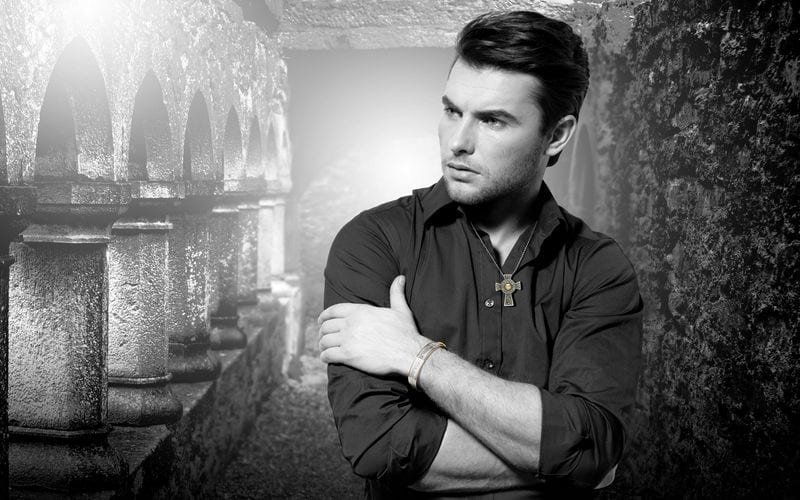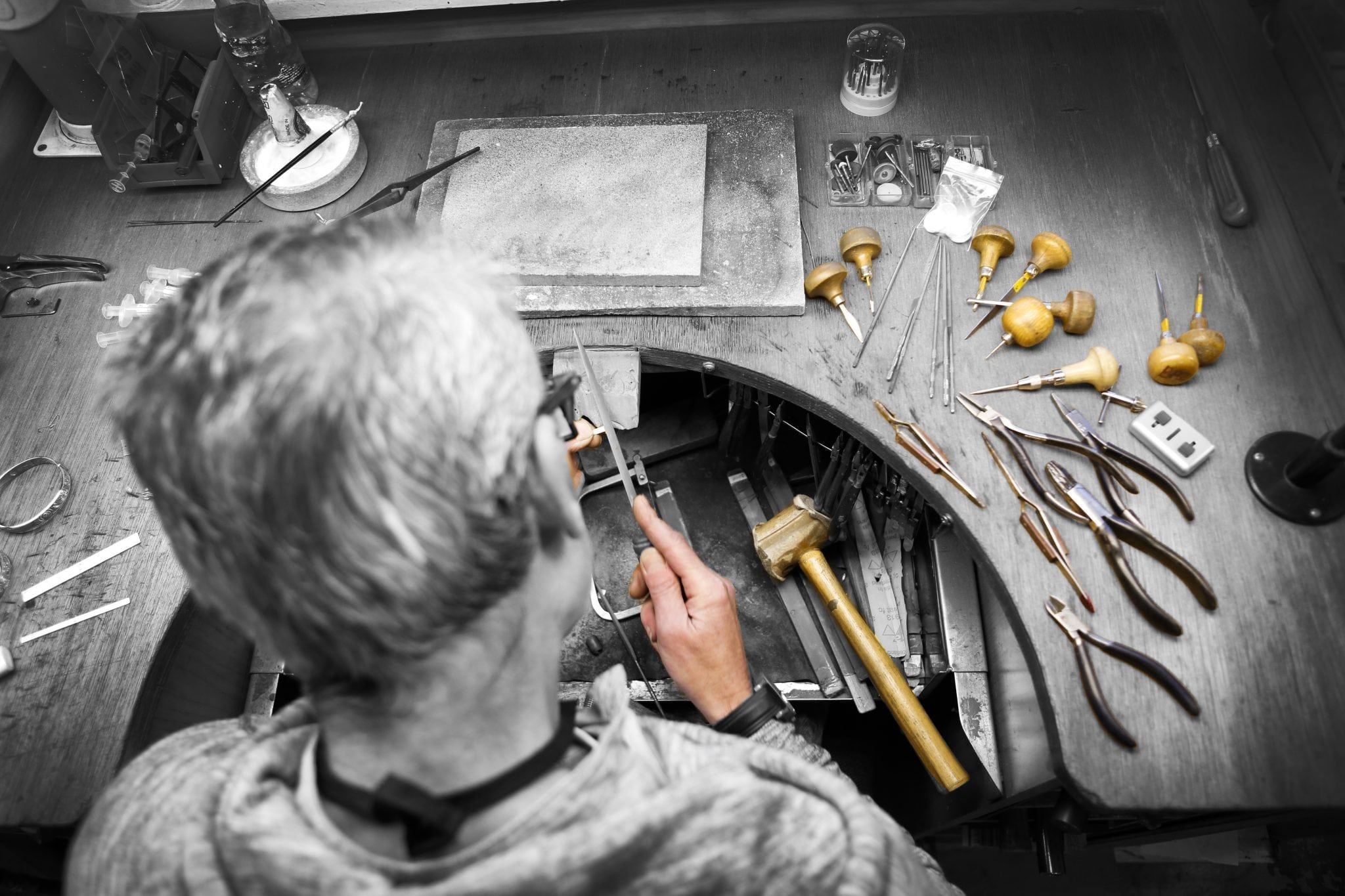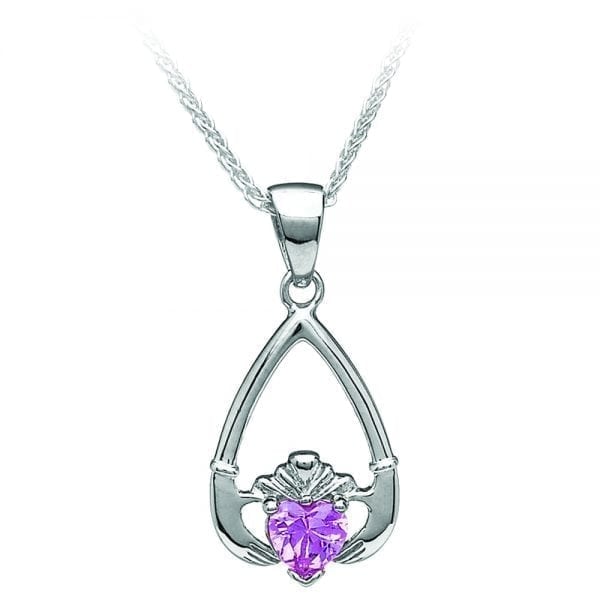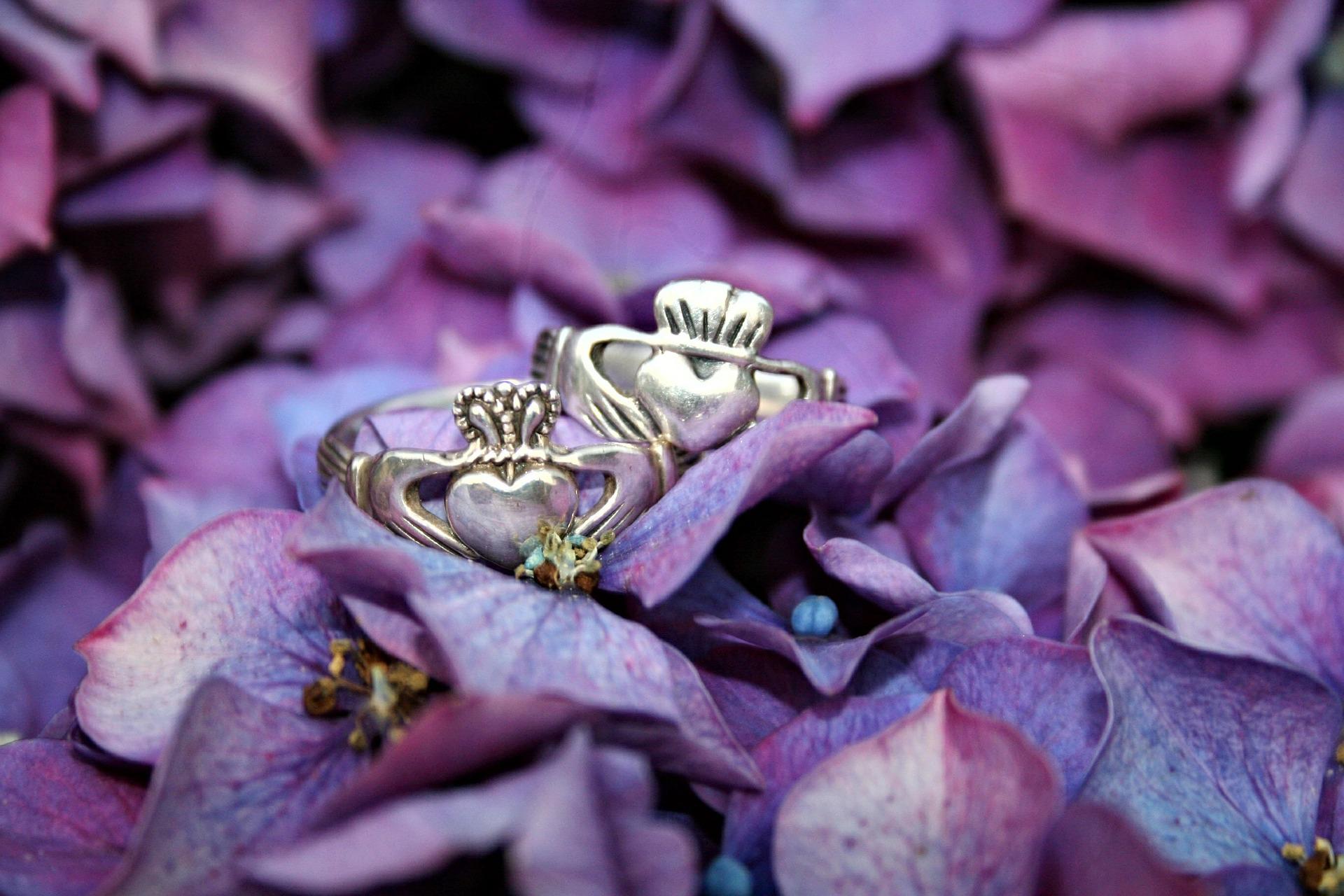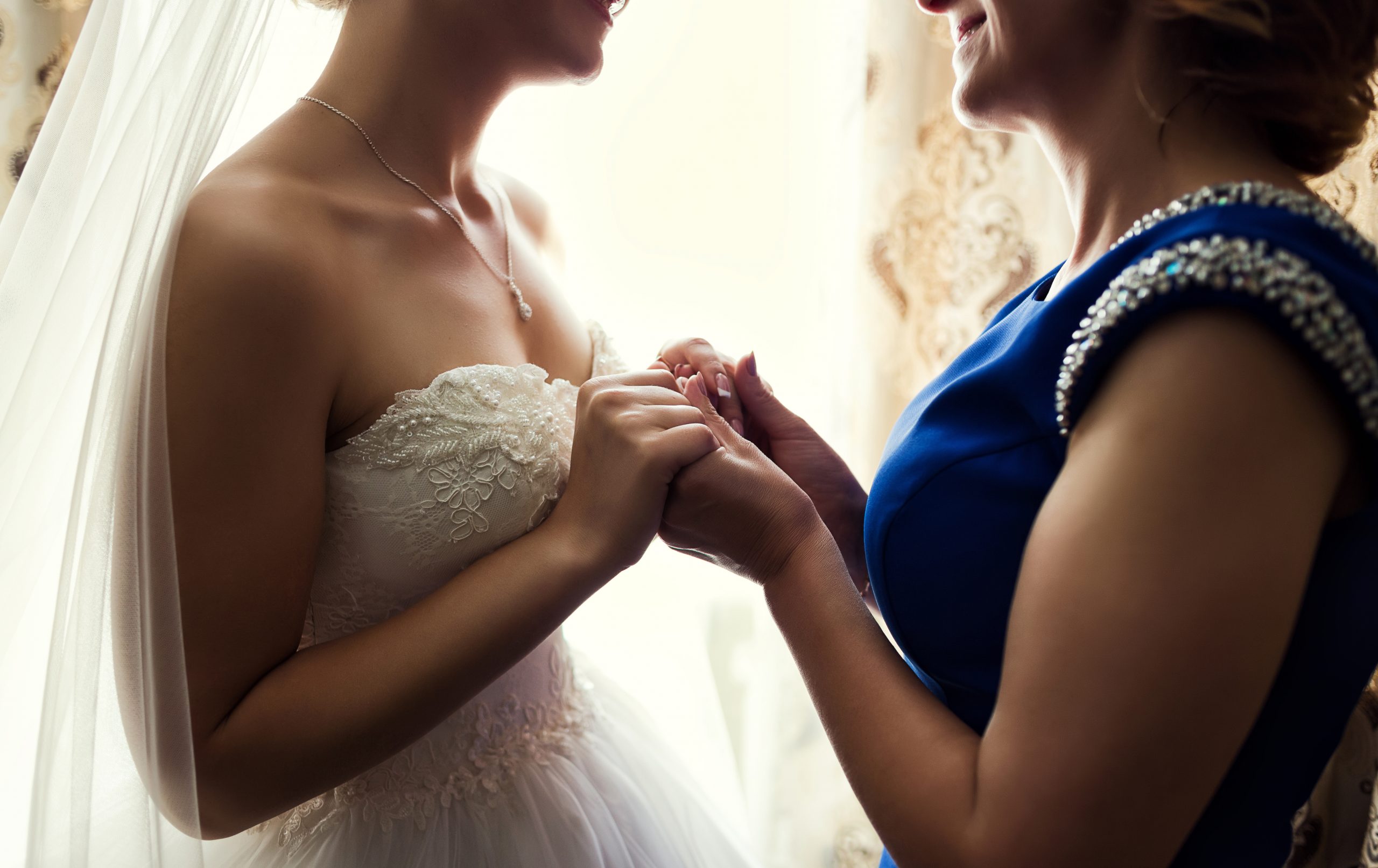
Some of the world’s most intricate and interesting symbols can be traced back to Celtic Ireland. These symbols played an influential role in the Celts everyday life; with many rooted in religion and spirituality. Deciphering the meanings behind these symbols can be a tricky undertaking, due to the oral nature of the culture and lack of written records. Fortunately, we have broken down some of the most well-known Celtic jewelry symbols below.
1. Trinity Knot
The Triquetra symbol predates Christianity and was the Celtic symbol of the Goddess Odin. The symbol decorated our illuminated manuscripts such as the Book of Kells and is also found on Celtic crosses and Celtic stones throughout Ireland.
The Trinity Knot, also known as the ‘Triquetra Knot’, has been adopted from ancient Celtic art by Christianity as a symbol of the Holy Trinity; Father, Son & Holy Spirit. The number three bore great significance in Celtic culture. It was associated with the mind, body, spirit; earth, sea, sky as well as life’s stages; beginning, middle, and end.
The Trinity Knot represents the belief in the number three and the intertwining continuity of all things. It is the most well-known of all Celtic knots, gifted in modern times as a token of promise; to love, honor and to protect.
2. Celtic Knot Spirals
Celtic Knot Spirals are thought to depict the sun and have been found on ancient art on every single continent in the world. When the Celts came to Ireland, they discovered the most magnificent spirals at Newgrange, which were hand-carved into the stone by Irish farmers.
It was believed that these spirals represented the four journeys of the Sun around the Earth, with each journey taking a quarter of a year (one journey, for example, would be from the equator to the North or South Pole).
The Celts, therefore, interpreted that a triskele of these spirals was indeed a fertility symbol, representing three times three months – the duration of a human pregnancy. Celtic knotwork is also thought to be symbolic of the never-ending cycle of life, the constancy of love and the continuous changing of the seasons.
Our Filigree knot is the most understated of our Celtic Knots, offering a subtle hint of this wonderful Celtic tradition for those who like to keep their style low-key.
3. Lovers Knot
Another, perhaps lesser-known, type of Celtic Knot is the Lover’s Knot. This design is a romantic version attributed to sailors and seafarers, who would weave the knot from two pieces of rope. The finished knot was then gifted to their loved ones as mementos.
Notably, this very knot was also used to adorn Celtic shields, creating a Celtic Shield Knot. In this version, the points of the square were seen as a plea to the Gods of the four corners of the Earth for protection. This was also called ‘St. Hans’s Cross’ or ‘The Earth Square’.
4. Celtic Cross
Celtic Crosses also predate Christianity and were first used by pagans to worship the sun. In these times, the circle of the Celtic Cross represented the sun; which was very much the center of pagan life.
Throughout Ireland and Scotland, the Celts crafted these magnificent symbols into stone. It wasn’t until the 4th-century AD that the Celtic Cross was used to represent Christ’s victory. Its use as a symbol of Christ is believed to have been introduced by the Roman Emperor Constantine.
During this time of great conversion to Christianity, philosophers adopted the Celtic Cross and their teachings conveyed that the circle represented Christ, the center of Christianity. According to Irish folklore, St. Patrick created the Celtic cross by combining the pagan circle symbolizing the sun with the traditional cross, to convert pagans to Christianity.
5. Claddagh
Legend has it that the Claddagh symbol was created by Richard Joyce, a Galway seafarer kidnapped by pirates and sold into slavery in North Africa. It was here that he learned the art of goldsmithing.
When released, nothing would stop him from returning to his beloved Galway. Upon his return, he became a master goldsmith and created the world-famous Claddagh Ring. For centuries, it was used as a wedding ring by the fisherfolk of Claddagh village, which was tucked away outside the walls of Galway City in the West of Ireland.
The Claddagh has an instantly recognizable design, comprised of two hands, a heart and a crown. The hands symbolize friendship, the heart represents love, while the crown signifies loyalty.
Claddagh rings are truly special to this very day, used as an outer way of expressing your inner feelings. Depending on how they are worn, they can express friendship, your engagement to another or your married status. Find out more about How To Wear a Claddagh Ring here.
6. Tree of Life
The Tree of Life, or ‘’Crann Bethadh’’ (pronounced Crown-Ba-Ha) represents the forces of nature combining to create balance and harmony.
Trees played, quite literally, a central role in the Celt’s culture and beliefs; with great importance placed upon the Tree of Life. The tree provided them with food, shelter and medicine. In doing so, Celts believed it had enough strength to care for all life.
When clearing land, the Celtic people would honor the Tree Of Life by leaving one big tree standing in the middle of their field. Beneath its branches, important gatherings were held, such as the appointment of a new chieftain.
7. Ogham
Ogham script is an early form of old Irish and is the first known Irish writing in history. The characters comprise of a series of lines and notches that are scored across a long stem-line.
Ogham was most often found etched into standing stones. In the majority of cases, the inscription is read from the bottom up and most inscriptions consist of personal names. Such inscriptions would usually involve the name of a person being commemorated, along with their ancestors and the person who carved the inscription.
Over 350 Ogham stones are known, the majority of which were found in Southern Ireland (‘Munster’), everywhere from Kerry to Waterford, and even in South Leinster. They have also been found in smaller numbers in Western Scotland, the Isle of Man and in Cornwall at Lewannick; areas where Irish settlers from Munster landed and formed their own communities.
While the stones in Ireland are written purely in Ogham, those in Britain often have the Ogham repeated in Latin and carved in Roman characters on the same stone. Legend has it that Ogham was created by Ogma, the son of An Dagda. Ogma was multi-talented, he was known as both a warrior and the God of Eloquence and Literature.

Now that you’re a little more informed regarding the meaning behind these Celtic Jewelry symbols, explore our full range by clicking here!


